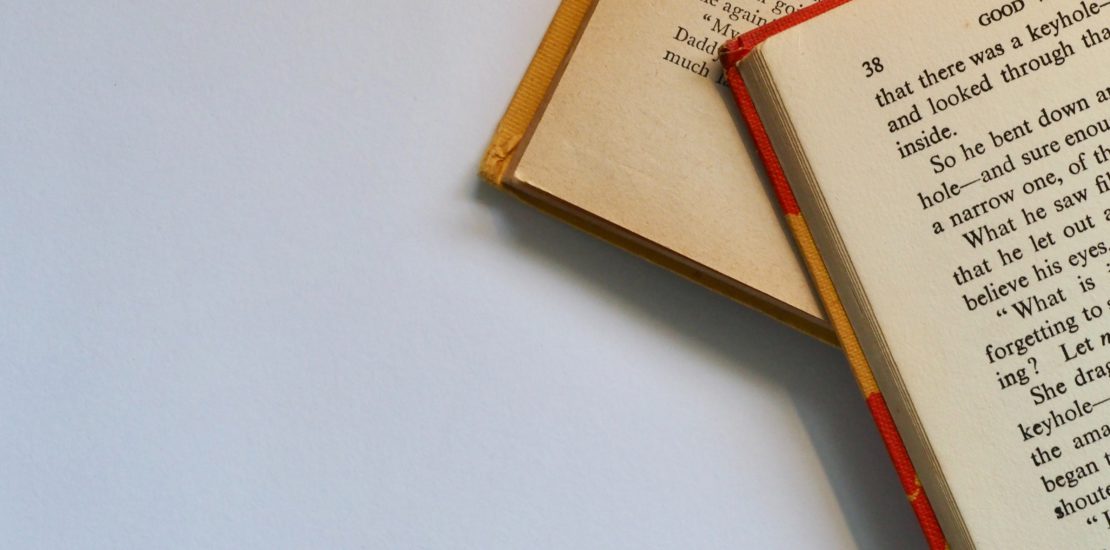- February 23, 2021
- Posted by: Xcel Graphic
- Category: Typesetting

Congrats! Your long-awaited book is finally finished. And now you are anxiously ready to send it off to the printers! Just hold that thought for a moment though. You already know that content is paramount for an engrossing read. You’ve got that part down! But that’s not the only element of a professional final product that keeps readers reading.
What makes for an optimal reading experience? The answer is typesetting.
Now, let us “crack the books” and examine what defines typesetting, the elements you will need in order to produce an eye-catching and aesthetically pleasing end result, and what separates the pros from the amateurs.
What is typesetting?
First of all, typesetting is how your publication will communicate visually (think: readability.) This is incredibly important when it comes to capturing your audience’s attention, which you know can have an impact on your sales, right? Of course! Simply put, the craft of typesetting is the end process of book production. This is when a typesetter sets text onto a page and arranges the book’s interior to create the best experience for your readers. This includes, but is not limited to, determining the size of margins, styling chapter openers, and choosing the right font typeface and size for your specific content.
How does this affect readability?
A smooth reading experience can be defined by your reader’s complete focus on the content of the interior pages, rather than on the pages’ layout. Think of successful typesetting as a town’s superhero with an invisibility cloak. While all the good-deed-doing is done, no one is even aware of it happening; it just is. It is remarkable, yet subliminal. It goes unnoticed by the conscious mind. What an awesome thing! These heroic feats of amazement, aka successful typesetting, are achieved by focusing on the book’s trim size, margins, illustrations, and font typefaces/sizes. These are decisions the typesetter can make for you or guide you through. Once the choices have been made, the process of setting the text and illustrations on the page will begin.
How is a flawless end result accomplished?
The following examples are a few processes (there are many more) the typesetter takes to ensure a visually stunning and polished final product:
1. Stacking of hyphenated words – Throws the paragraph off balance.
2. Poor word spacing – Too tight, too loose, or sometimes both in the same paragraph. Affects the flow and not visually appealing.
3. Leading (spacing between lines) too tight throughout – Text needs space for easy read.
4. Hyphens – Use instead of en- or em-dashes.
5. Double spacing between sentences – This is unsightly, grammatically incorrect, and can lead to rivers of white space
Isn’t typesetting something I could do on my own?
This all sounds straightforward and relatively easy with a little bit of Googling or YouTube tutorials, and using Microsoft Word/Office or online templates, doesn’t it? Surely, it’s tempting to want to DIY, or perhaps on the other hand you want to tackle a new skill that seems intimidating.
Remember that superhero analogy?
Consider yourself the damsel or lad in distress when it comes to typesetting. Why? Because if you decide to DIY, make no mistake about it: you will eventually end up the distressed! Amateur typesetting is guaranteed to make all your hard work, time, and efforts go to waste. By comparison, the combination of advanced typesetting software and years of experience for the seasoned professional will make the choice of taking on the DIY task an unwise one for producing your publication. Remember, together our shared objective is to enhance your already incredible work of art into an inviting masterpiece that captivates your readers to stay.
Let Xcel Graphic Services be your superhero and deliver to you the professionally typeset product your readers deserve!

